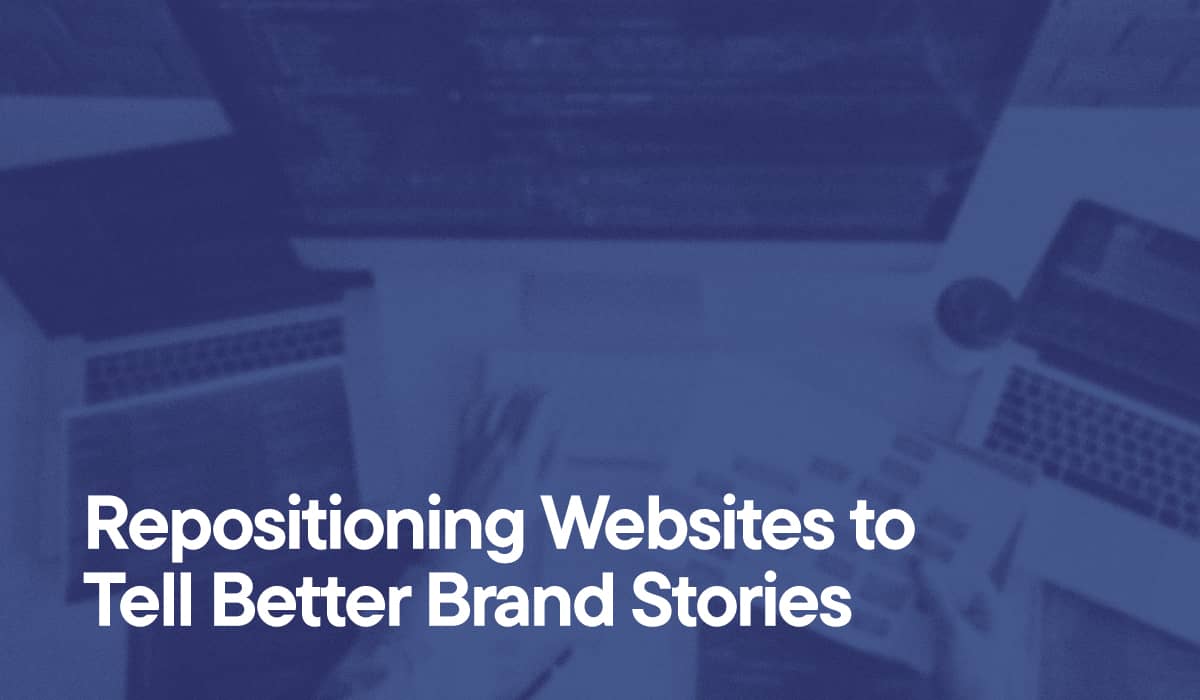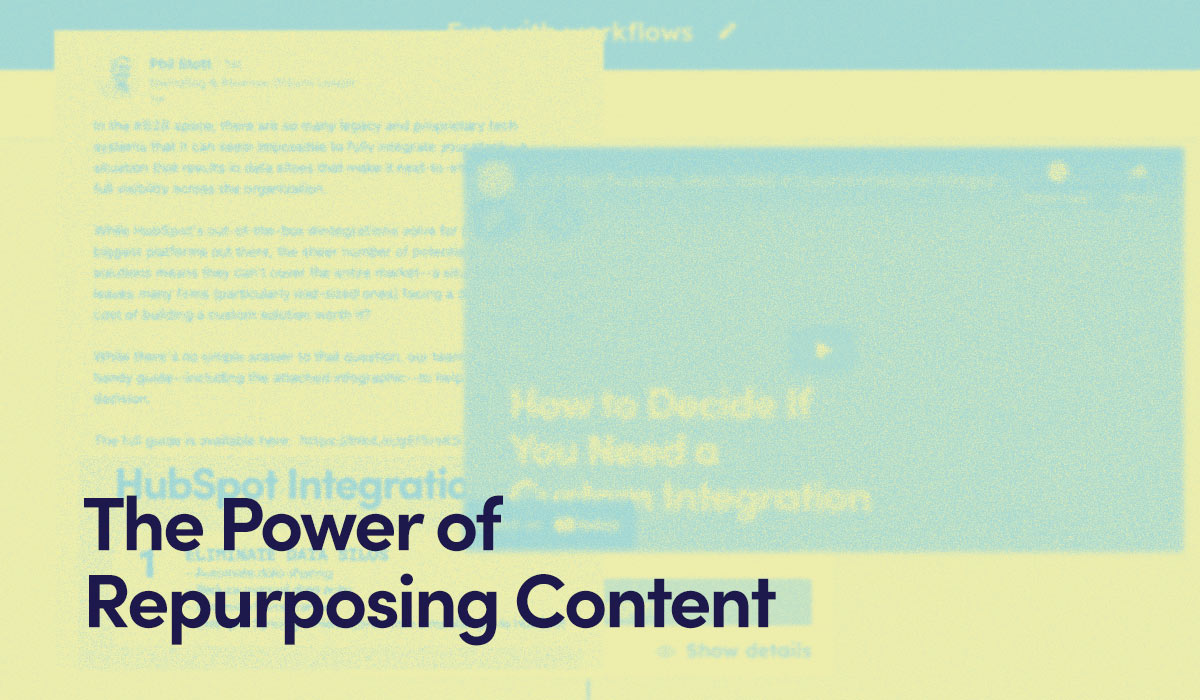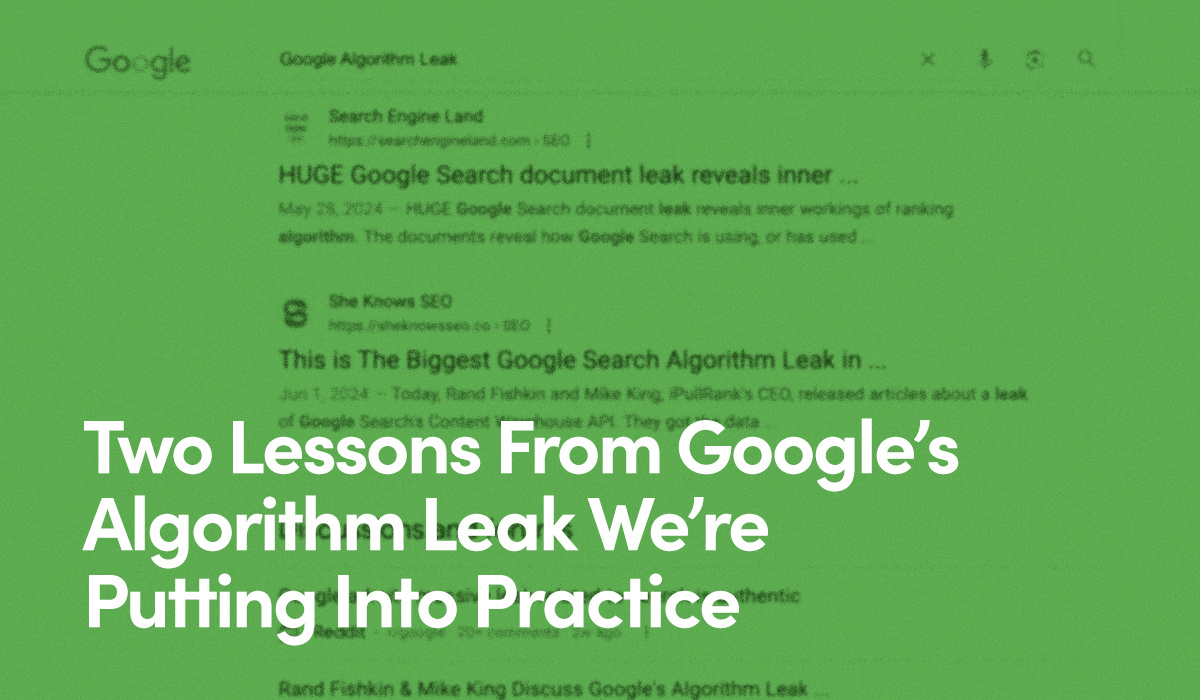A successful inbound marketing campaign leverages a variety of online tools to help businesses attract potential customers—often as part of a comprehensive content strategy that includes search engine optimization (SEO) and social media outreach. On the other hand, outbound marketing utilizes traditional promotional tactics, such as advertisements across multiple media platforms, to attract as many customers as possible with little regard to lead quality.
You may have heard about inbound lead generation and outbound lead generation, but do you know the difference between the two?
There are quite a few, from who initiates the original contact and chooses the interaction medium, to common methodologies, costs, required skills, and the longevity of associated efforts.
Understanding the key characteristics and benefits of these marketing strategies will help you better target your intended audience and nurture them throughout the flywheel, ultimately resulting in sales and creating dedicated customers who drive referrals and even more sales.
What is outbound lead generation?
Sometimes referred to as "interruption marketing" or "interruption lead generation," outbound lead generation is the traditional form of marketing whereby a business seeks out the attention of the potential customer in a variety of ways, which may include common advertising techniques, sales initiatives, public relations, and more.
In outbound marketing, the business initiates and chooses the first interaction with potential customers. Businesses may also choose to directly target consumers in other ways, such as paid ads, cold calls, unsolicited emails, and targeted mail products.
The level of success of outbound lead generation campaigns varies. But one reason why firms continue to rely on this method in place of a more modern approach is its familiarity as a means of increasing brand recognition. Consumers may not know that a public relations strategy is considered an outbound sales tactic, but they generally understand its purpose. Indeed, they see this every day in the form of highway billboards, social media posts, mailers, TV commercials, and newspaper and magazine ads.
Outbound efforts have a shelf life, however, with the exact duration dependent on the related techniques deployed. This includes the length of time a particular ad, cold call, or email campaign runs. Consequently, these are high-cost, short-term endeavors with short-term gains.
Maximizing focused messaging and knock-out aesthetics are critical to success. Therefore, strong copy editing, graphic design, and strategic skills are imperative.
In summary, commonly used outbound tactics include:
- Cold Calls
- Billboards
- Newspaper & Magazine Ads
- Commercials
- PPC Ads
- Mass Email Blasts
- Direct Mail
While outbound lead generation is still around, many consider it a less efficient strategy because recipients eventually become numb to these disruptive tactics, going so far as to block telemarketers, filter spam and other unsolicited emails, skip through commercials, and throw out their direct mail without ever opening it. On the other hand, some companies consider this a tried-and-true strategy and are hesitant to explore alternatives.
What is inbound lead generation?
The polar opposite of outbound, inbound lead generation puts the potential customer first, attracting them through thoughtful content production, search engine optimization, and social media marketing. Content can be produced for a variety of platforms, including websites, emails, podcasts, videos, and more.
It’s also the potential customer who commences and selects where the initial interaction occurs—more and more via pointed, typed, or verbal inquiries in online search engines.
Inbound marketers provide valuable answers to these questions on behalf of clients by blogging, optimizing keywords and key phrases, providing content offers, creating and sharing social media posts, and more.
Such efforts possess much greater longevity, actually growing with time thanks to hyperlinks from potential customers and other entities recognizing the inherent value, word-of-mouth referrals, and more. Thus, inbound strategies produce low-cost, long-term gains.
Implementation demands specialists trained in the inbound digital marketing methodology, SEO, content, design, and strategic best practices. It also involves patience, as it may take time for content to mature and rise in search rankings.
In summary, common inbound tactics include:
- SEO-Based Blogging
- Keyword & Key Phrase Research
- Social Media Posts
- Targeted Emails to Segmented Lists
- Content Offers
- Search Engine Optimization (SEO)
- Podcasting & Video
Inbound has evolved with the public’s shopping behavior and other socioeconomic trends, appealing to those who prefer to research companies online and develop relationships with businesses before purchasing a product or service. Built for the long game, inbound strives to plant roots that grow with a customer throughout the sales process. The bottom line: Inbound marketing is more targeted and cost efficient, and it caters to contemporary buying habits.
Can I use both inbound and outbound lead generation?
Of course.
While many agencies specialize in either inbound or outbound to provide their clients with a better experience, there's nothing inherently wrong with deploying both strategies.
So, how should you integrate both options? Well, in a perfect world, you would separately implement inbound and outbound tactics and pinpoint the benefits of each.
As we've discussed, inbound marketing campaigns need time to mature. If you want to build brand awareness more quickly so that people are familiar with your company as soon as they come across a piece of content, perhaps consider a more direct approach. One option could be direct marketing via billboards, broadcast ads, or public relations campaigns.
On the other hand, companies looking for steady growth may benefit from a targeted, content-based approach. A firm can utilize the best inbound practices, including SEO and targeted search, to attract customers who may later evolve into evangelists. This type of strategy would be more cost effective while potentially increasing your brand awareness over the long haul.
As you can see, there's nothing wrong with marrying both concepts. While the benefits of inbound lead generation garner most of the attention today, outbound remains a viable strategy. For those who can afford to, utilizing both is optimal. And if the cost seems unsustainable, outbound can be implemented initially, then slowly pulled back as inbound takes hold and begins earning quality leads organically.
If you are implementing an outbound marketing strategy, consider the fundamentals of inbound to improve your outbound efforts.



